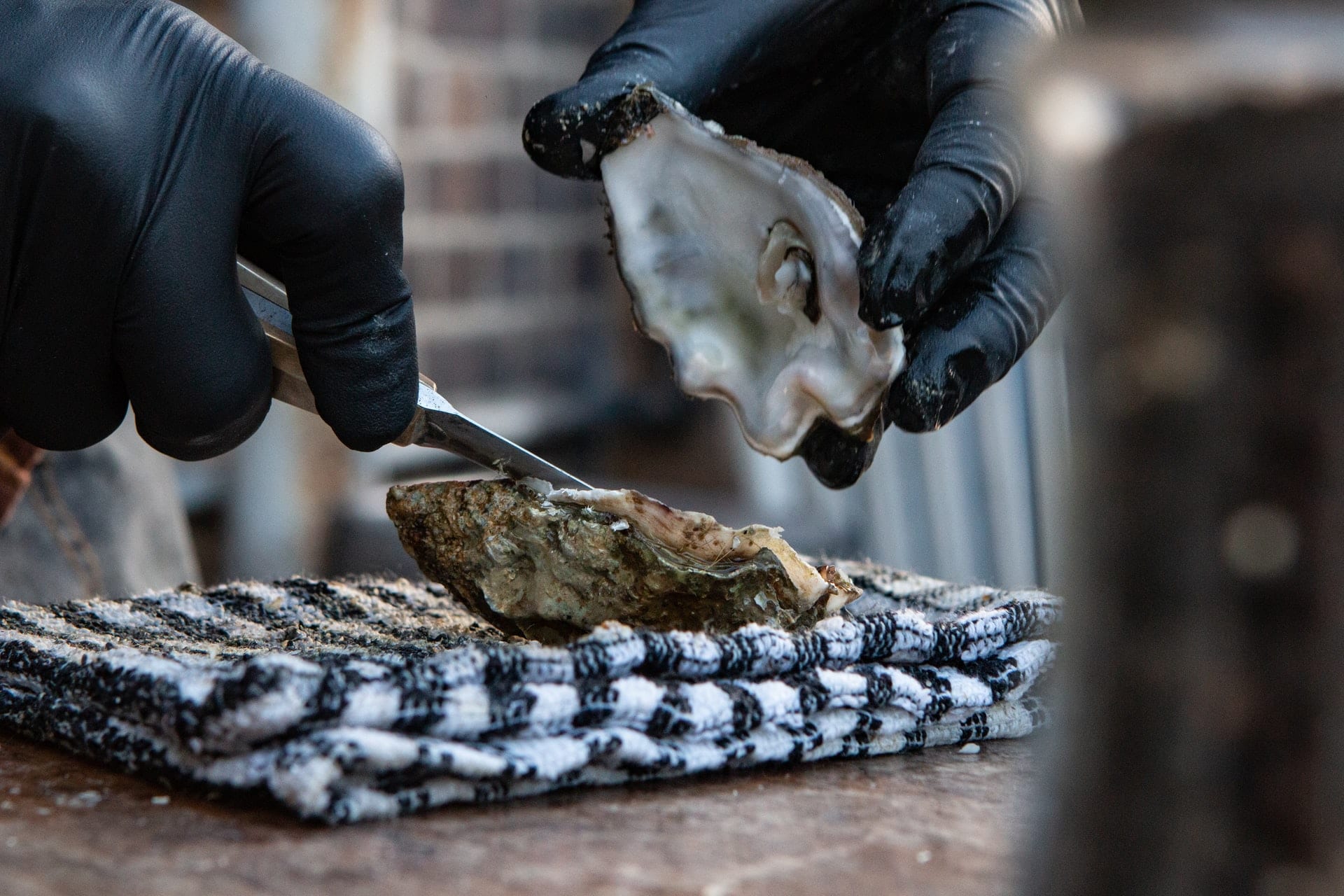
Sustainable seafood practices play a vital role in maintaining healthy fish populations by ensuring that species reproduce at a rate greater than the harvest. Sustainability then prevents overfishing that would otherwise deplete stocks out of a particular region. In turn, it protects species’ habitat, further minimizing the environmental impact on other ocean wildlife. Sustainable seafood practices provide economic and social stability for the commercial fishing industry and contribute to economic and social stability for entire communities and regions.
One aspect of sustainability often overlooked by consumers recognizes the diversity of fish available in a particular market—that there are more than two or three species of seafood to choose from on the menu. As individuals, we are all creatures of habit. If Friday’s fish fry is always cod, a fish targeted in 2019 as overfished in the Gulf of Maine, you are likely conditioned to buy cod each Friday. Swapping it out for another white fish may not even cross the mind. Diversifying the seafood menu may be one of the biggest challenges for consumers to overcome, but it will help sustain vulnerable fish populations.
Beyond the catch and haul, consumers can integrate sustainable seafood practices into their local market or dining out choices. Regarding sustainability, swapping some species can make a difference in ensuring that particular fish populations remain healthy. On the upside, there is an excellent variety of delicious seafood from which to choose. By exploring other seafood options, you will likely be pleasantly surprised by your choice.
Here are 5 sustainable seafood swaps to consider the next time you go to the market.
Silver Hake Instead of Cod
Silver hake or hake, or Atlantic Whiting, is a white fish and part of the cod family. It can be a substitute for cod or even haddock and pollock. According to cod stock assessments in 2019, the Gulf of Maine population is overfished and below target biomass levels. In 2014, a 10-year plan was implemented to rebuild the cod stock, targeting 2024 to reach a sustainable level. The white flesh of silver hake has a lighter flake than cod and has long been popular in the European markets. Silver hake from the North Atlantic are not overfished and offer a wonderful white fish alternative to cod.
Oysters, Clams, and Mussels over Maine Shrimp
Locally sourced, responsibly harvested Maine oysters, clams, and mussels are a sustainable choice over northern shrimp. They are all bivalves, a mollusk species consisting of a hinged shell. Bivalves are sustainable because they get their nutrients directly from Maine’s clear, clean, frigid ocean waters rather than relying on another food source. As long as their habitat is not polluted, the species should thrive. The choice here, however, is whether you prefer oysters, clams, or mussels rather than Maine-caught shrimp. According to the last stock assessment of northern shrimp in 2018, the population has collapsed due to overfishing and warming waters north of Cape Cod into the western Gulf of Maine. The crustacean population of Maine shrimp has had a fishing moratorium in place since 2014. Current plans are to continue the moratorium on shrimp fishing through at least 2021.
Organically Farmed Salmon, Char, or Trout over Farmed Salmon or Wild Caught Atlantic Salmon
Between habitat destruction and overfishing in their native range, wild Atlantic salmon populations are not doing well and are at historic lows. Farmed-raised Atlantic salmon have their own set of issues, from being negatively affected by pollution, parasites, and disease to greater susceptibility to contaminants like carcinogenic dioxins and PCBs. Make the swap to organically farmed salmon to protect against disease and contaminants, or consider farmed Arctic Char or freshwater Rainbow Trout. Either are closely related to salmon and is a sustainable choice.
Herring or Sardines for Swordfish
Though the North Atlantic swordfish stock has made a remarkable recovery over the past twenty years and is maintaining above-target population levels, also recognized is the work that needs to be done to ensure management measures are better able to support the fishery. On the other hand, wild-caught sardines and herring, both herring family members, have naturally highly variable populations and are not subject to overfishing. Atlantic herring and sardines make for a smart seafood choice, too, and each is sustainably managed and responsibly harvested under U.S. regulations.
Haddock for Haddock?
Haddock is one of the more popular white fishes of the North Atlantic, but some haddock stocks have become more overfished than others. Therefore, when purchasing haddock, it is important to know where it is sourced. Haddock stocks from Iceland to the Baltic Sea have fallen and are not at sustainable levels. However, two stocks of haddock, in the Georges Bank and the Gulf of Maine, are not overfished and are not subject to overfishing based on current stock assessments. Knowing where your haddock is sourced can help sustain the overall population.
If you are unsure which seafood is the most sustainable choice or want to know what is in season, contact us today— we would be happy to answer any of your questions! Or order FRESH live lobsters or fresh-picked meat online for delivery directly to your door. We also offer curbside pick-up at our South Portland location if you live locally – call for details and to place your order over the phone!
